OMG Trivia

We just wanted to let everyone know that we will be taking a break from our daily OMG Trivia. Olivia and Carter have not missed a single day with their trivia in over 400-consecutive days. Quite an amazing feat when you consider their ages.
Trivia question for Dec-04-2011
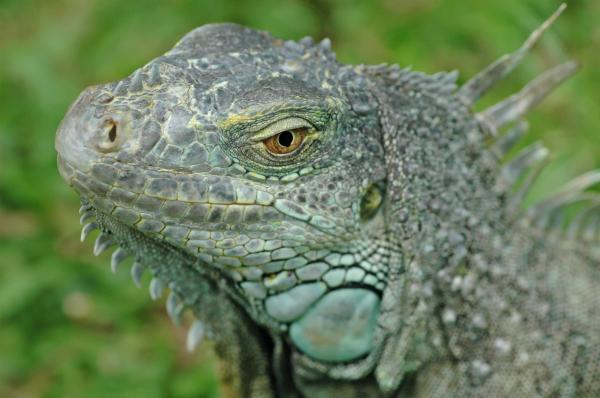
When frightened by a predator, these guys will attempt to flee, and if near a body of water, they dive into it and swim away. If cornered by a threat, they will extend and display the dewlap under its neck, stiffen and puff up its body, hiss, and bob its head at the aggressor. If threat persists they can lash with its tail, bite and use its claws in defense. The wounded are more inclined to fight than uninjured prey
Trivia question for Dec-03-2011
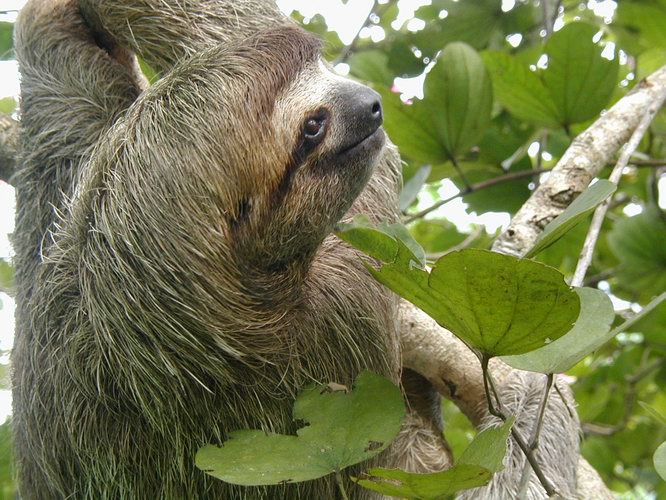
Although they are quite slow in trees, these guys are agile swimmers. The offspring cling to their mother’s bellies for around 9 months or so. They cannot walk on all four limbs, and so they must use their front arms and claws to drag themselves across the rain forest floor
Trivia question for Dec-02-2011
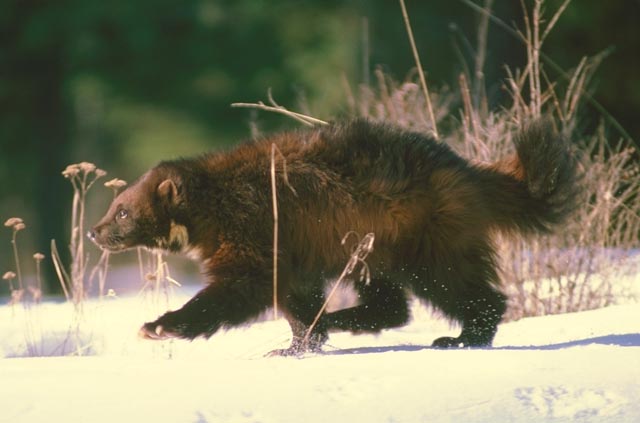
These guys are powerful and versatile predator and scavenger. Prey mainly consists of small to large-sized mammals and they have been recorded as killing prey such as adult deer that are many times larger than this predator.
Trivia question for Dec-01-2011
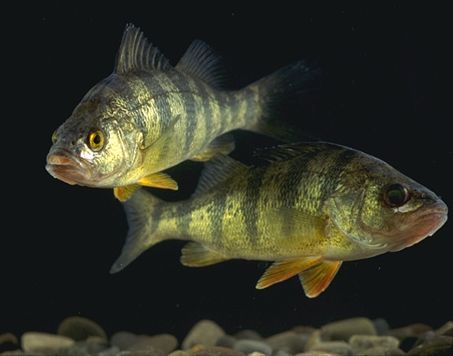
These fish are carnivorous fish and like to feed on smaller fish, shellfish, or insect larvae, but can be caught with nearly any bait. They commonly spawn during the spring, when the females lay strings of eggs in covered areas such as near branches or underwater plants.
Trivia question for Nov-30-2011
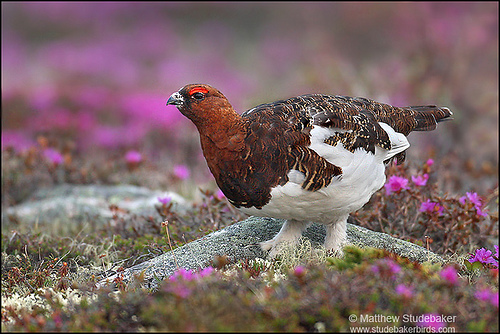
These crafty birds are very in tune with the seasons, it actually alters its diet to survive harsh winters and has three plumages a year to blend with changing surroundings.
Trivia question for Nov-29-2011
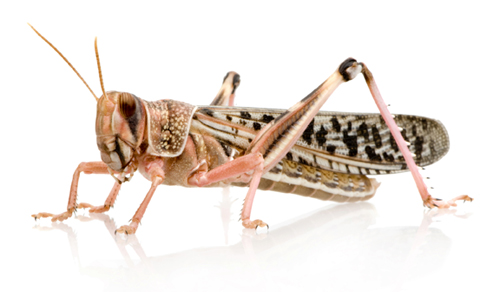
Olivia likes bugs… of all kinds, as is apparent by her trivia for today. These are one of the most notorious insects; able to strip crops on a biblical scale and ruin local economies. They lead an inoffensive solitary life or sometimes live in swarms consisting of vast numbers, dependent on weather and available food. These guys can consume the approximate […]
Trivia question for Nov-27-2011
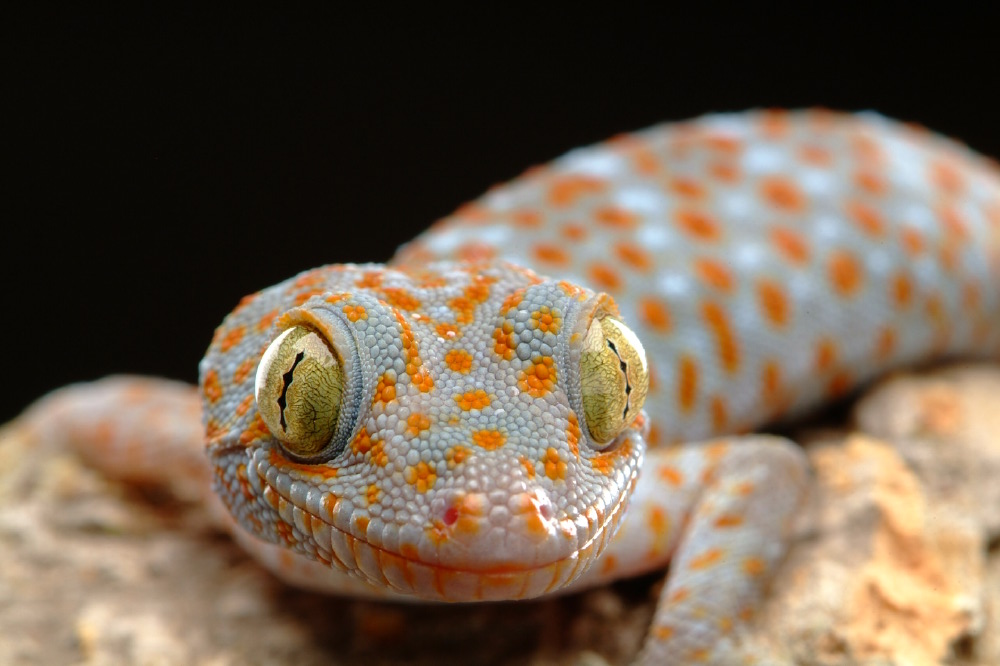
These guys are quickly becoming a threatened species in The Philippines because of indiscriminate hunting. Collecting, transporting and trading without a license can be punishable by up to twelve years in jail and a fine of up to 1,000,000 pesos under Republic Act 9147 in addition to other applicable international laws. However, the trade runs unchecked due to the sheer number of illegal traders and reports of lucrative deals.
Trivia question for Nov-27-2011
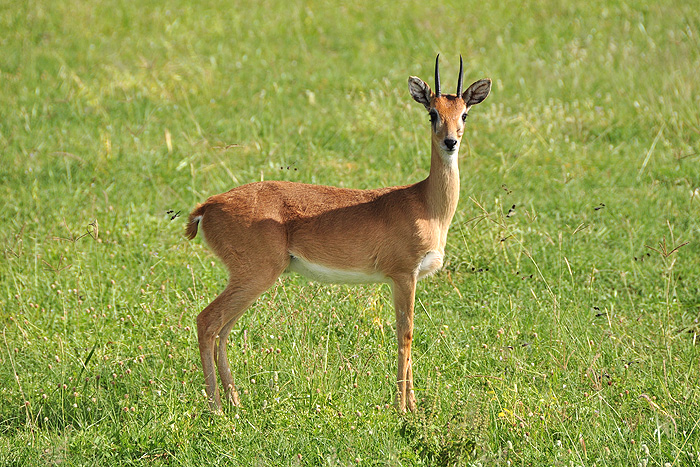
These guys fall prey to numerous animals including lions, leopards, caracals, hyenas, hunting dogs, jackals, crocodiles and pythons. Young are also taken by eagles, genets and other small carnivores.
Trivia question for Nov-26-2011
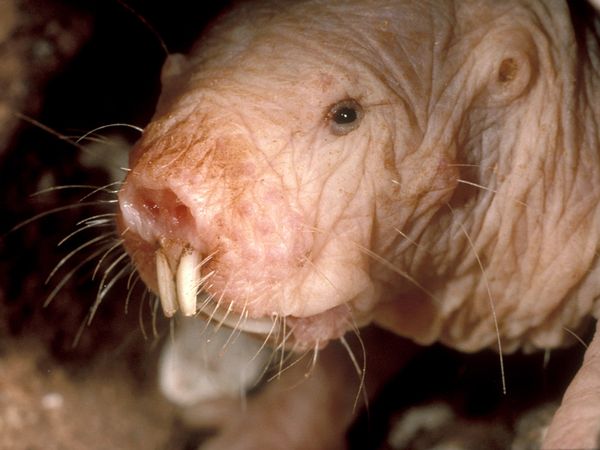
These guys feed primarily on very large tubers (weighing as much as 1000 times their body weight) that they find deep underground through their mining operations, but also eat their own feces. (Tubers are various types of modified plant structures that are enlarged to store nutrients) A single tuber can provide a colony with a long-term source of food—lasting for months, or even years, as they eat the inside but leave the outside, allowing the tuber to regenerate.
Trivia question for Nov-25-2011

These fish usually can be found around cleaning stations. The bigger fishes recognize them because they have a lateral stripe along the length of the body and their movement patterns. Upon recognizing them and successfully soliciting its attention client fish adopt a species specific pose to allow the these fish access to its body surface, gills and sometimes mouth.
Trivia question for Nov-24-2011
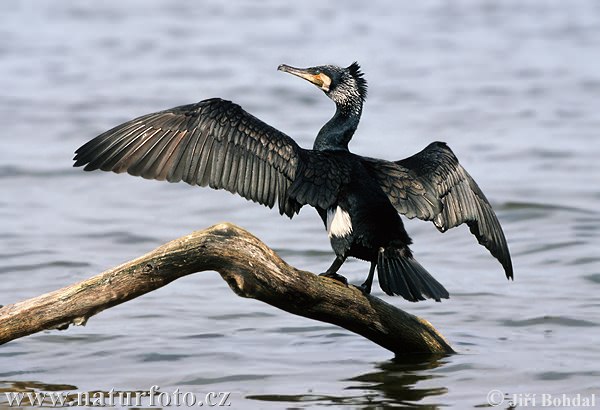
These birds breed mainly on coasts, nesting on cliffs or in trees (which are eventually killed by the droppings), but also increasingly inland. 3-4 eggs are laid in a nest of seaweed or twigs. They can dive to considerable depths, but often feeds in shallow water. It frequently brings prey to the surface. A wide variety of fish are taken: they are often noticed eating eels, but this may reflect the considerable time taken to subdue an eel and position it for swallowing, rather than any dominance of eels in the diet.
Trivia question for Nov-23-2011
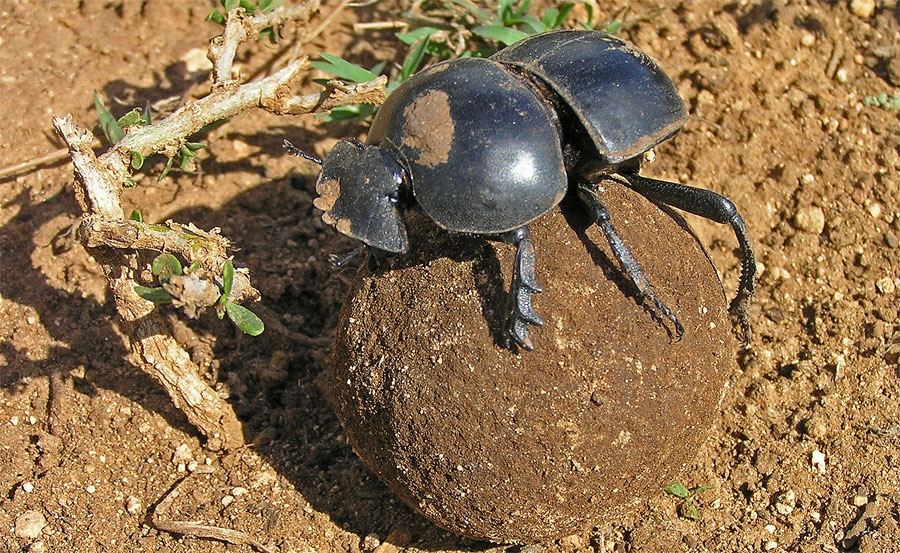
Some species of this insect ‘drone’ quite loudly as they fly, like mechanical toys. These guys provide a waste disposal service. By collecting and feeding on their favorite food, these guys recycle material that would otherwise quickly swamp the landscape. These guys reach sexual maturity within 3-9 months and their breeding season is in the early summer in temperate climates: and all year long in tropical regions.
Trivia question for Nov-22-2011
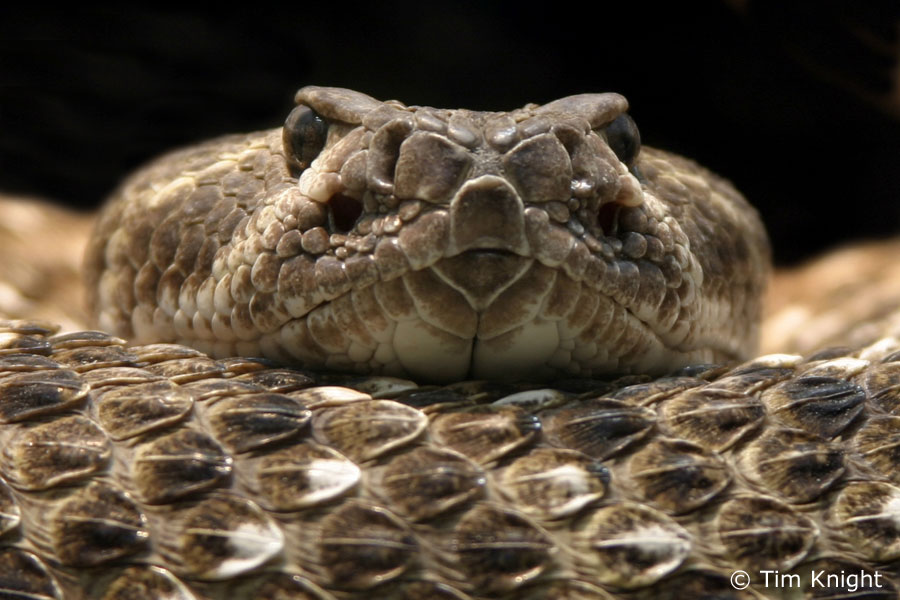
Life expectancy is more than 20 years, but is typically shorter because of hunting and human expansion. Solitary outside of mating season, they are one of the more aggressive snake species found in North America because they rarely back away from confrontation. When threatened they usually coil and rattle to warn aggressors
Trivia question for Nov-21-2011

These kangaroos will associate in small groups of 2-4 members. The most common groups are females with young-at-foot. In areas with higher densities of kangaroos, females coalesce in larger groups usually with one male. Membership of these groups is very flexible, and males (boomers) are not territorial, fighting only over females (flyers) that come into heat.

